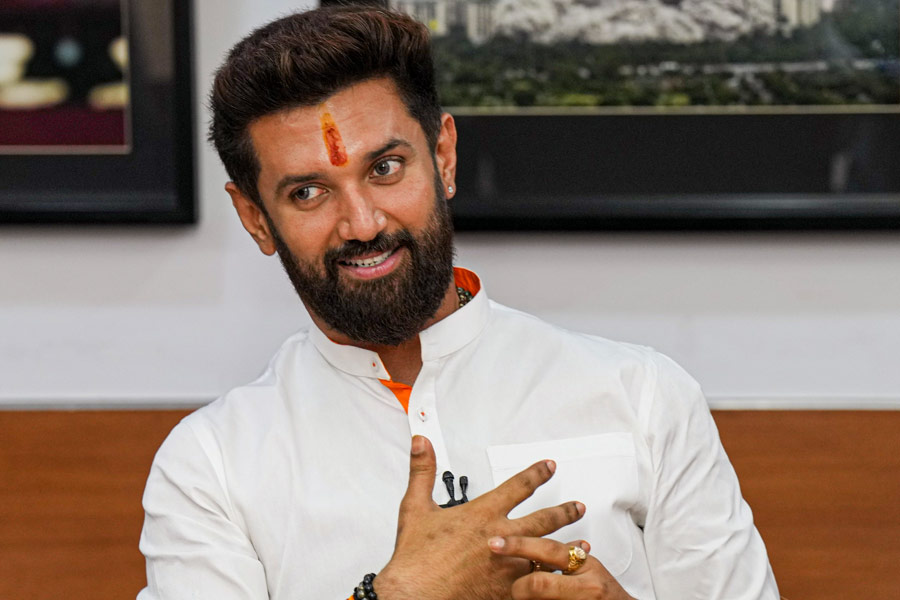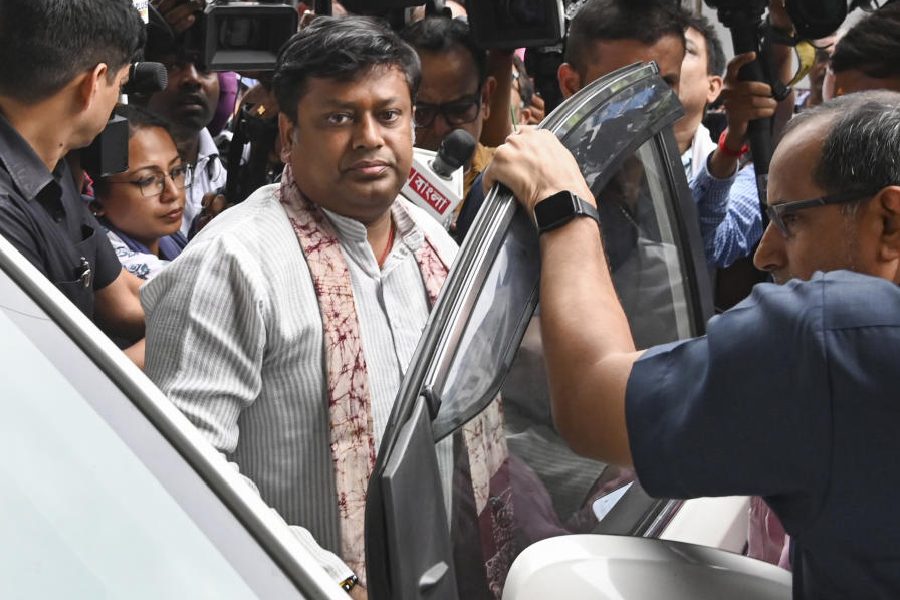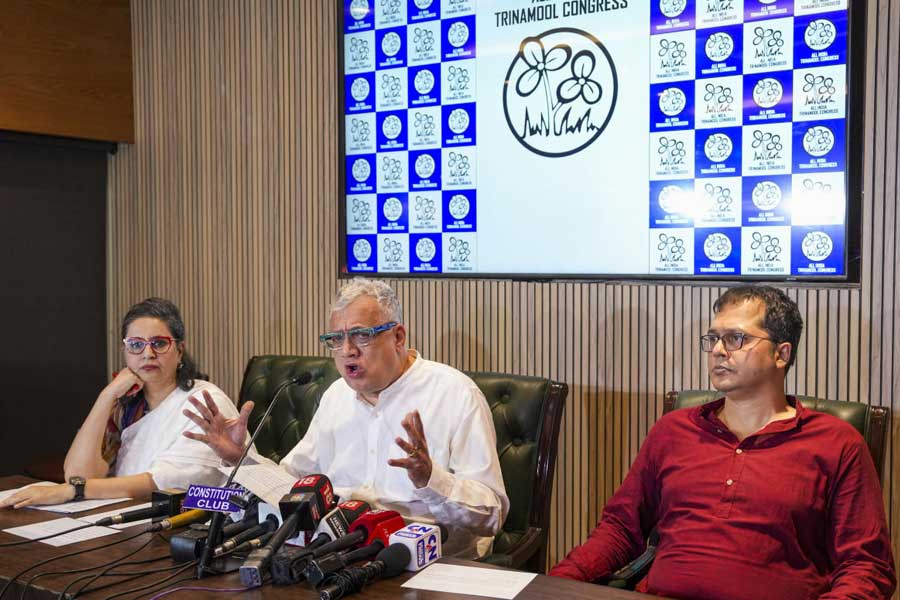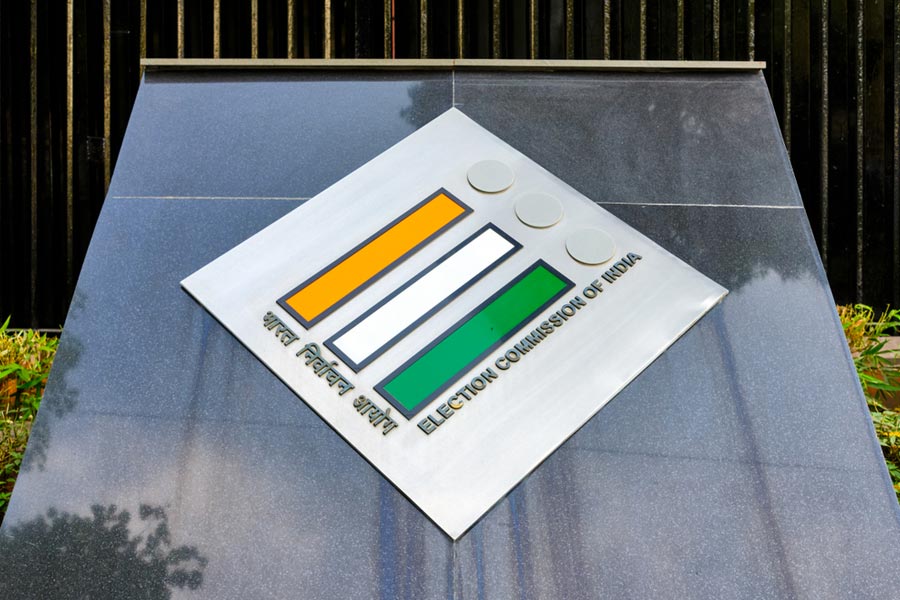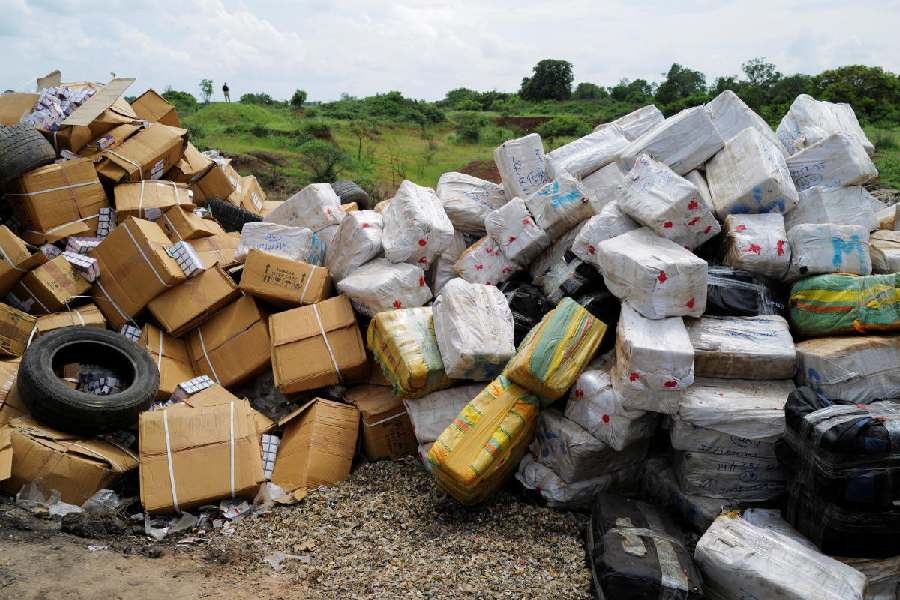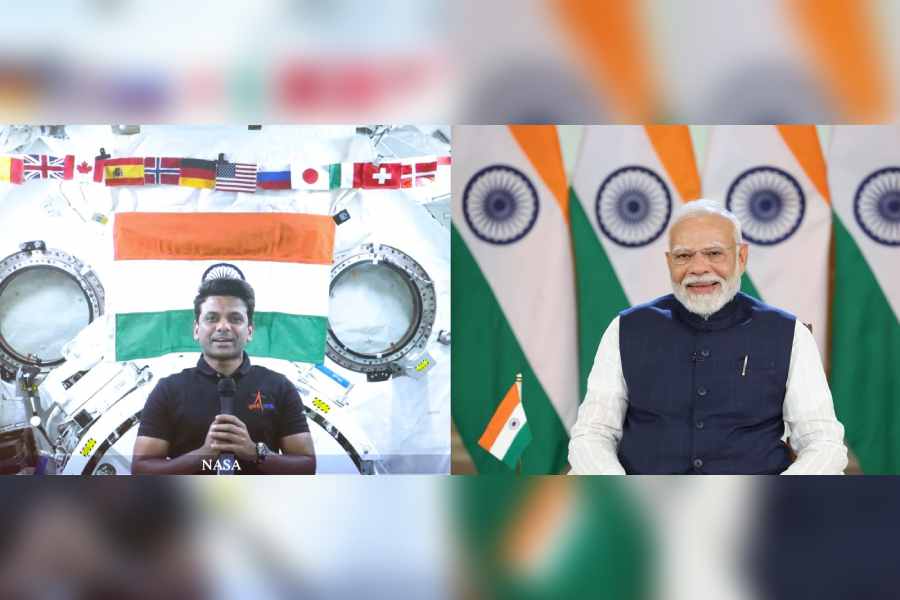Remember Satyajit Ray's masterpiece, Ashani Sanket? The last scene of this unforgettable film merged the profile of a single famine victim with the millions that died in the Bengal famine to create a montage that will haunt forever. What made the film all the more moving was its theme. The Bengal famine did not occur because food was scarce but because people did not have the necessary purchasing power to feed themselves. As it was man-made, the tragedy of the Bengal famine assumed monumental proportions.Since then we have overcome much of our naïveté regarding famines. Now it is fairly common knowledge that not just the Bengal famine, but most famines, are man-made. Food supplies exist but people cannot afford to feed themselves. Amartya Sen's contributions on this subject have facilitated a wider understanding of what food famines are all about. Consequently, policy-makers too are forced to address famines, though not always with the kind of concern and honesty that this issue deserves.
But amidst all this there is yet another kind of famine that has gone completely unrecognized. It receives little popular attention. It still awaits a Nobel laureate to write about it, and an Oscar winner to film a tale about it. This is the medical famine. In this famine too, drugs are plenty, but as patients are often too poor to afford them, they die needlessly. Such cases of medical famine are manifest among poor patients suffering from a variety of ailments, but is perhaps expressed most acutely among those suffering from cancer.
Food famines are usually grand episodic events. Thousands, if not
millions, are affected together. They move restlessly from village to village, from watering hole to watering hole, eventually to qasbas and cities looking for relief. Their consolidated numbers demand attention, for whole communities are hit together. It is also not difficult to appreciate the injustice done to
them as they are so blatant and in your face.
The victims of medical famines suffer in comparison. Though in this case too lakhs are involved, but they are separated from one another and suffer their indignities and their tragedies in isolation. They shuffle about at the mercy of doctors in lonely cancer wards in different ugly, dingy hospitals that dot the country.
But their plight is perhaps a shade grimmer than those who suffer from food famines. They know that they are going to die with the certainty of a condemned man facing the gallows. A diagnosis of cancer is a death sentence because the drugs are simply unaffordable. Adriamycin, a common cancer drug, costs Rs 1,500 per shot. For the entire chemotherapy regimen to be administered with a reasonable degree of success, a cancer patient will have to incur a cost of Rs 50,000 to Rs 100,000 on drugs alone. This is not all. There are other expenses too, for antibiotics, pathology tests and x-rays.
Medical famine with respect to cancer patients is not fully recognized because it is often believed that cancer is a sure killer no matter what. This is far from true. For instance, a particular kind of childhood leukemia, medically known as ALL, is fully curable. But the costs are enormous. Hence poor children with this disease must surely die and never attain adulthood. Yet those who can afford the treatment grow up to be perfectly healthy people and bear no scars or traces of the disease at all. They lead normal lives, get married and have healthy children. Cancer is not even a memory for them.
It must also be remembered that most cancers are curable if they are caught and treated in time. There are many cancer survivors today who stand testimony to this. Yet, in the popular imagination cancer is hopeless. This is why there is little recognition of the acute medical famine that many poor people face when they are afflicted with this disease.
A visit to any of the cancer hospitals in India immediately brings home the enormity of the medical famine. There are patients who will just have to walk away and die somewhere else because they do not have the money. One sees a range of human emotions jostling together in these cancer wards. There are some who see a glimmer of hope, they are the lucky ones. They have somehow been able to scratch together enough money to see them through the treatment. It is a different story for the poor, however. And yet they are tenacious. They live from day to day hoping for some relief from some relation, from some friend, maybe even from some chance acquaintance. The dread of cancer is multiplied several fold by their financial uncertainties. And yet the human spirit is sometimes so strong. Many refuse to surrender to fate or
destiny.
The high cost of cancer drugs is magnified by the many indignities and inconveniences they have to suffer. For most poor people it is an added expense to live in the cities where hospitals are located. Consequently, many are forced to travel long distances from home everyday. Some live on the streets but that too is difficult when the body is being ravaged and the weather is inclement. Fighting against such tremendous odds some families of
cancer patients are reduced to plain
begging.
The hard truth however is that if they do not come up with the necessary money they get no treatment. There is no mercy shown either by the disease or by the country's medical system. Many poor cancer patients raise what little they can by selling whatever they have and start the treatment. But many have to stop it midway because of a shortage of funds. Now they have lost their property, their families are out on the streets, and the cancer is still eating away within. So when cancer strikes a poor person the whole family is ruined. Other members in the family may not have the disease, but once cancer enters a home it financially and emotionally devastates everyone in it.
Cancer patients who cannot afford their treatment have to make terrible choices. In one case in New Delhi's prestigious All India Institute of Medical Sciences a father and child were both diagnosed with cancer. As the family did not have enough money to treat both of them they had to make a choice. It was either the father or the child. After weighing the alternatives the family decided to treat the father, so they had to let the child die. The family reckoned that if the male earning member were to go matters would be much worse for the rest of them. So this terrible decision had to be taken because they saw no other way out.
But there was further tragedy awaiting. As money was running short, even the father's disease could not be combated effectively. So his cancer has returned. Now he has no money, and has also lost his child, but the cancer will not leave him alone.
This scene is as devastating as any from Ashani Sanket. Besides, it is real and is happening right now.
The author is professor of sociology, Jawaharlal Nehru University, New Delhi
 Sunday, 29 June 2025
Sunday, 29 June 2025

